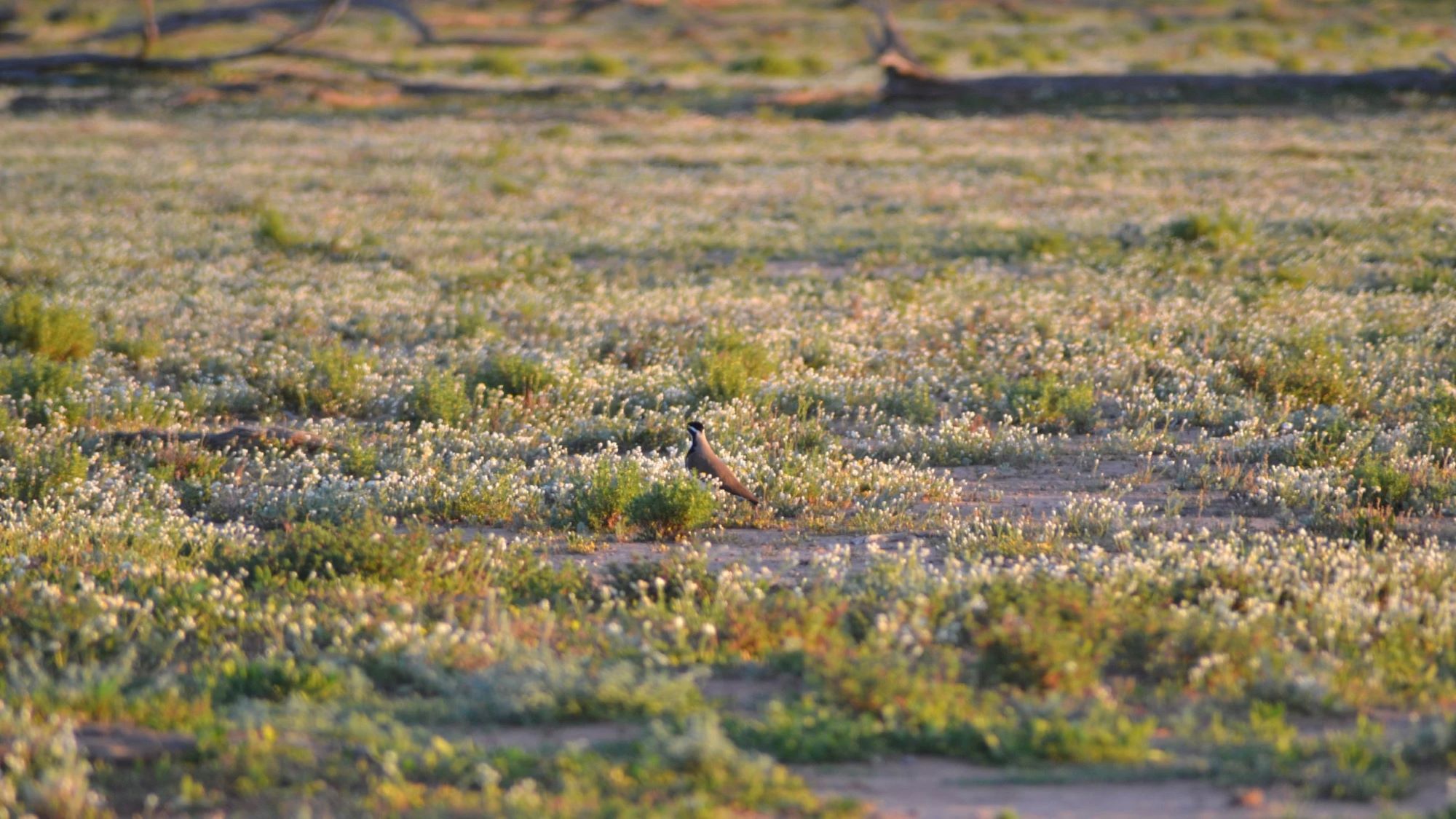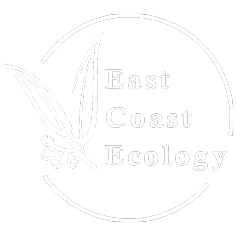
Project Ecologist Services
Fully licensed, strictly compliant, and committed to providing valuable, efficient, and seamless support, our project ecologists have assisted a wide range of development projects in meeting approval and compliance obligations, while protecting the natural environment. To learn more about our project ecologist services or speak to one of our team members about a specific project, get in touch today by enquiring online or giving us a call.
We have a team of highly skilled Project Ecologists to assist projects of any size and complexity. We deliver an extensive range of ecology services across developmental projects. Our project ecologists are brought on board to ensure that development is both environmentally sustainable and in line with the obligations of the relevant regulatory authorities. Working with local councils, the NSW Department of Planning, governmental bodies, and commercial developers, we service all sectors and types of developments across New South Wales.
What Does a Project Ecologist Do?
A project ecologist typically:
- Conducts ecological assessments and surveys (flora, fauna, habitat, threatened species, ecological communities)
- Prepares reports such as Biodiversity Development Assessment Reports (BDARs), Flora and Fauna Management Plans, or Microbat Management Plans
- Advises on environmental impact mitigation and offset strategies
- Designs and implements monitoring programs for threatened species, ecological communities, and habitat restoration
- Provides expert input on regulatory compliance with NSW environmental laws (e.g., Biodiversity Conservation Act 2016) and Commonwealth legislation (e.g., EPBC Act)
- Liaises with government agencies, local councils, and stakeholders during project approvals
- Supports adaptive management through ongoing monitoring and reporting
Why Would You Need a Project Ecologist in NSW?
- Development projects
- Residential, commercial, or infrastructure developments often require ecological assessments to identify environmental constraints and meet planning approval conditions
- Biodiversity offsetting
- When offsets are required, ecologists design, implement, and monitor offset sites to achieve conservation outcomes
- Environmental compliance and reporting
- Ensuring your project meets conditions imposed by the NSW Rural Fire Service, local councils, or the Department of Planning, Industry and Environment (DPIE)
- Conservation projects
- Restoration, rehabilitation, and threatened species recovery initiatives require ecological knowledge to guide planting, habitat creation, and long-term monitoring
- Pre-Clearing Survey
- Before any vegetation clearing, the ecologist inspects the site to identify flora and fauna, with a focus on threatened species, habitat trees (especially those with hollows), and ecological communities.
- They conduct targeted surveys using appropriate methods (e.g., spotlighting for nocturnal animals, tree hollow inspections, habitat assessments).
- The survey results determine if protected species or communities are present and inform how clearing should proceed to minimise environmental impact.
- The ecologist produces a report or checklist detailing what was found and provides recommendations for clearing practices or avoidance zones.
- Vegetation Clearing Supervision
- During clearing operations, the ecologist is on-site to oversee vegetation removal, ensuring that contractors follow the recommended environmental safeguards.
- They watch for wildlife that might be disturbed or at risk, such as animals sheltering in trees, and can stop work if threatened fauna are detected.
- The ecologist advises on staged clearing, timing restrictions (e.g., avoiding breeding seasons), and handling of hollow-bearing trees.
- Their presence ensures compliance with environmental approvals and reduces the risk of harming protected species.
- Dam Dewatering
- For projects involving lowering or emptying dams, the ecologist assesses if aquatic or semi-aquatic fauna (e.g., frogs, fish, turtles) could be affected.
- They may conduct surveys for species presence before dewatering begins.
- During dewatering, the ecologist ensures that fauna are rescued or relocated safely if needed.
- They advise on timing and methods to minimise harm to aquatic ecosystems, ensuring compliance with environmental laws.
- Fauna Relocation / Spotter-Catcher
Spotting and identifying fauna on or near a worksite, especially threatened or protected species such as reptiles, birds, mammals, and amphibians. - Safely capturing animals that may be at risk from clearing or construction activities, using humane methods and appropriate handling techniques.
- Relocating fauna to safe habitat areas away from the disturbance zone.
- Working closely with ecologists to ensure species protection and compliance with environmental laws.
- Advising contractors and workers on how to avoid harming wildlife during operations.
- Maintaining records and reports on fauna encountered and relocated.
Why Do You Need an Ecologist for These in NSW?
- Legal Compliance: NSW laws such as the Biodiversity Conservation Act 2016 and the Environmental Planning and Assessment Act 1979 require assessment and protection of threatened species and habitats before and during clearing or water management activities.
- Protect Threatened Species: Many native animals and plants rely on habitat trees, waterways, and surrounding vegetation. Without expert surveys and supervision, these species can be unknowingly harmed or displaced.
- Avoid Penalties: Non-compliance with environmental conditions can lead to fines, project delays, or legal action.
- Ensure Best Practice: Ecologists provide expert advice on how to reduce environmental impacts and meet conditions set by local councils, the Department of Planning, Industry and Environment (DPIE), or the NSW Rural Fire Service.
- Support Biodiversity Offsets: Their surveys help determine if offsets or rehabilitation works are necessary to compensate for habitat loss.
- Risk Management: On-site supervision minimizes the chance of accidental damage to protected species or habitats, reducing project risks.

